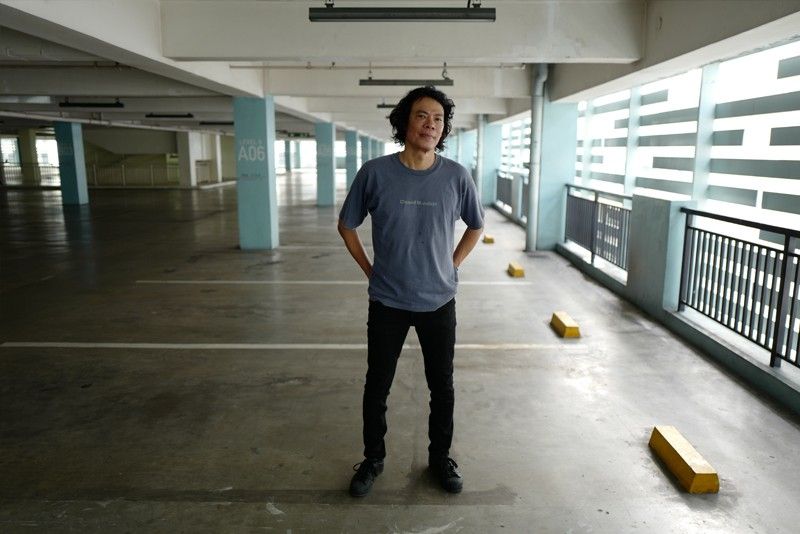22,266 Reasons to See Nilo Ilarde’s Work


Nilo Ilarde seemingly foregrounds the presence of objects: “The Art Fair is full of objects, more or less exciting; I wish to add 22,266 cars.”
Nilo Ilarde doesn’t create art objects so much as orchestrate opportunities in which the viewer is introduced to a direct encounter of materiality as well as to its potential slippage into the symbolic, the metaphoric.
For years now, Nilo Ilarde has been bearing the torch of conceptual art this far into the 21st century, in works and exhibitions that problematize the boundaries of art, dismantle the notion of conventional artistic expressions as privileged carriers of meaning by using common objects, and make the viewers acutely aware of the space and the context in which works of art are exhibited.
He doesn’t create art objects so much as orchestrate opportunities in which the viewer is introduced to a direct encounter of materiality as well as to its potential slippage into the symbolic, the metaphoric. Squiggles on paint on a support may be a commentary on the artistic process of painters as much as a confrontation with the viscosity of the medium.
“Associated with the second wave of conceptual artists that flourished in the ’70s and early ’80s under the aegis of maverick artist and one-man institution Roberto Chabet,” Ronald Achacoso wrote in connection to Ilarde’s show, “What Do Objects Want? The Lives and Loves of Objects” (2008, MO_space), “Ilarde is the heir apparent among the original cadre who remained in the field when the initial infatuation wore off and remained resolute in the pursuit of aesthetics in the realm of ideas. His works are unadorned and stoically recondite, with an almost disdainful regard for ornamentation.”
For his show at the Art Fair Philippines, Ilarde radically reinterprets and transforms the statement of the conceptual artist Douglas Huebler who, in 1968, said: “The world is full of objects, more or less interesting. I do not wish to add more.” Rather than immediately nodding his agreement with Huebler’s thought (they’re both conceptual artists, after all), Ilarde seemingly takes the opposite route by foregrounding the presence of objects: “The Art Fair is full of objects, more or less exciting; I wish to add 22,266 cars.” This statement provides the title exhibition.
What these die-cast cars want is to be replicated and create a hectic presence in the space of the Art Fair. They promise transport in a space of stasis. How do these cars, just like the description of the show states, “call attention to the venue’s nature as a car park and recast it as a space for excess and unending free play” or “tell of our inexhaustible compulsion to create, commodify, and collect”?
What does “22,266” actually represent? The number of viewers who visit the Art Fair on a given day or of works traded and sold during the course of the fair? How does the work subvert the structure of the Art Fair by making prominent the magnitude of objects? Or is the work, as a collective, just one of the many things that a viewer will potentially admire and from which he shall move on as he expects to be enthralled by another shiny work?
It’s interesting what Ilarde will come up with, considering that conceptual art is the last refuge of the artist — and the viewer — from what appears to be a fraught art market. Now that his work will be seen in the context of the country’s premier art showcase, how will it activate — radicalize — the space? In what way can the work be interrogative of the trade that the fair will necessarily and inevitably prompt?
Many works of Ilarde are about accumulations of stuff, of physicality: from paint brushes to paint tubes to paint caps — all implements of craft. Single-mindedly gathering a single object obsessively is part of the conceptual artist’s arsenal. The idea of collecting as an insatiable desire is obvious. But what is its end goal? “Never worry about being obsessive,” Susan Sontag wrote. “I like obsessive people. Obsessive people make great art.” As the work is expected to be site-specific, there’s only one way to find out: see it.



















